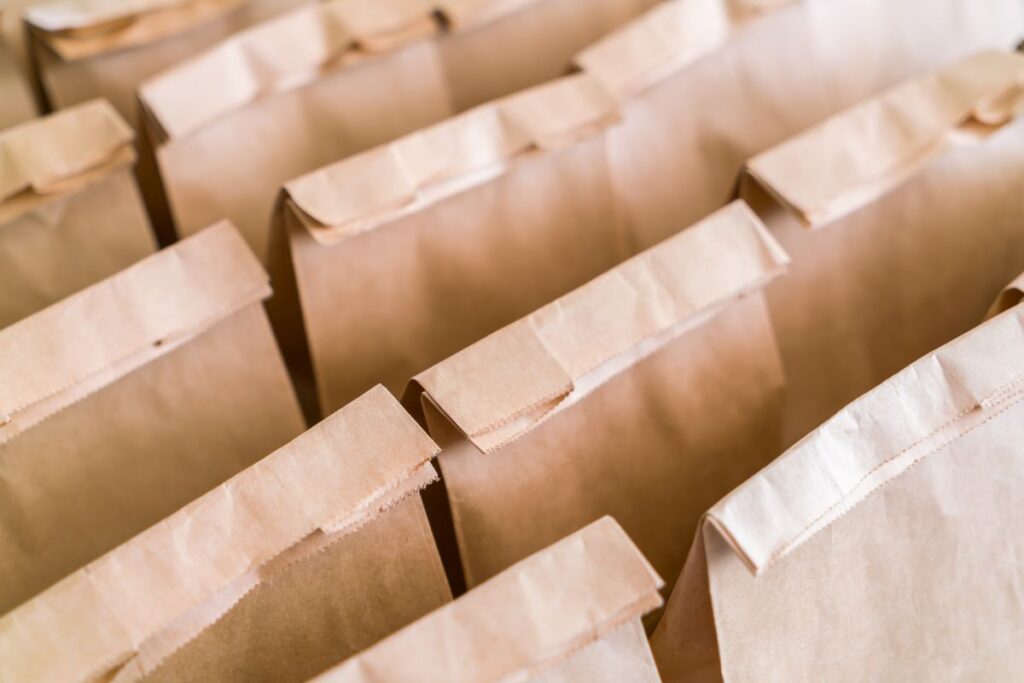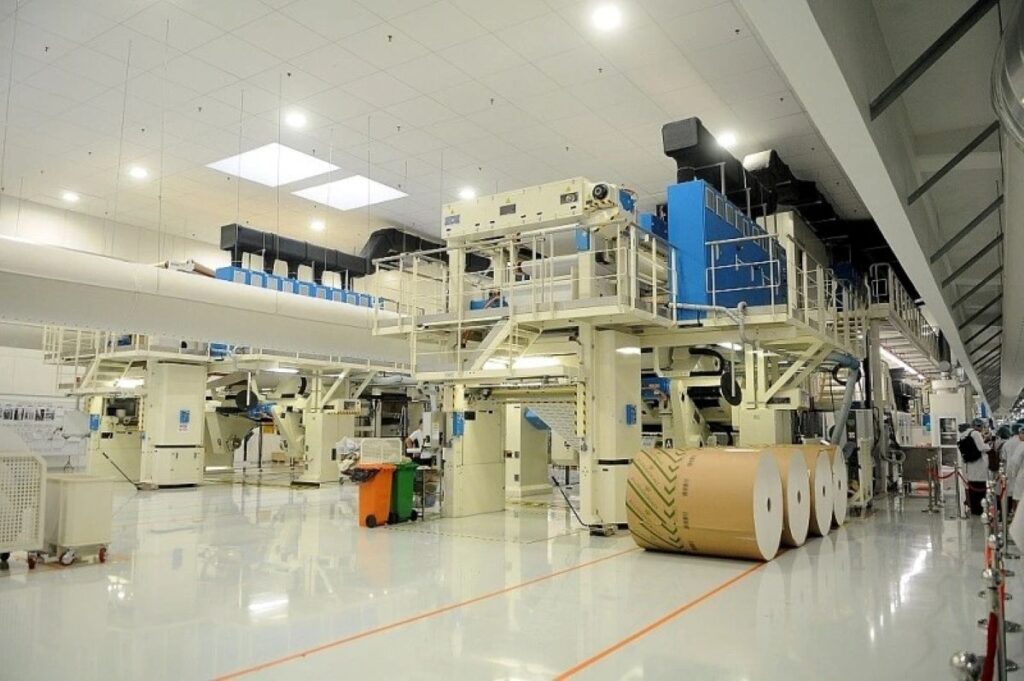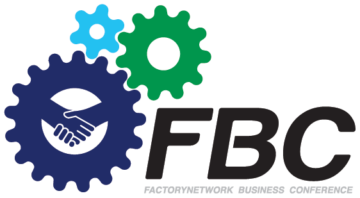Mục lục
ToggleVietnam’s packaging industry is embracing sustainable solutions driven by evolving regulations and growing consumer awareness. With the global sustainable packaging market valued at $384 billion in 2024 and projected to reach $8.5 billion in Vietnam by 2030, manufacturers must adapt to remain competitive. This comprehensive guide explores sustainable packaging materials, regulatory trends, and opportunities for Vietnamese businesses.
What are sustainable packaging materials?
Sustainable packaging materials minimize environmental impact throughout their lifecycle while maintaining functional performance for product protection and preservation. They must meet specific criteria to be considered truly sustainable:
Biodegradable materials break down naturally through biological processes within 6-12 months under standard environmental conditions, returning nutrients to soil systems without leaving harmful residues.
Recyclable packaging enables material recovery and reprocessing into new products through established infrastructure. Effective recyclability requires material compatibility with existing systems while maintaining quality through multiple processing cycles.
Compostable materials decompose completely under controlled conditions within 90-180 days, contributing valuable organic matter to soil without leaving toxic residues.
Reusable packaging systems enable multiple use cycles through durable construction that maintains functionality throughout extended service periods, often providing superior environmental performance through lifecycle optimization.
Types of sustainable packaging materials used today
Paper-based and molded fiber
Paper-based packaging utilizes renewable forest resources and agricultural residues to create versatile solutions with excellent recyclability and biodegradability:
- Kraft paper provides strength and barrier properties while maintaining complete recyclability
- Molded fiber packaging made from recycled paper and agricultural waste offers excellent cushioning for electronics and fragile products
- Corrugated cardboard innovations include high-strength variants using agricultural fibers
- Paperboard solutions with plant-based barrier coatings provide moisture and grease resistance without compromising recyclability
Plant-based bioplastics
Bioplastic materials derived from renewable plant sources offer plastic-like performance with improved end-of-life environmental impact:
- Polylactic acid (PLA) from corn starch, sugarcane, and other agricultural feedstocks creates transparent films and rigid containers suitable for food packaging
- Polyhydroxyalkanoates (PHA) provide superior biodegradability in marine environments
- Starch-based packaging from potato, corn, and cassava creates flexible films with excellent barrier properties
- Cellulose-based materials from wood pulp offer mechanical strength with complete biodegradability
Compostable films and coatings
Advanced compostable technologies provide barrier performance equivalent to conventional plastics:
- Water-based barrier coatings use natural polymers like alginate and chitosan
- Compostable laminating films combine multiple biopolymer layers for specific barrier properties
- Edible packaging films from seaweed and fruit peels provide ultimate sustainability
- Bio-based adhesives and inks ensure complete package compostability
Upcycled or reusable packaging solutions
Circular economy approaches maximize material utilization:
- Reusable container systems utilize durable materials designed for multiple use cycles
- Upcycled material packaging incorporates post-consumer waste while maintaining performance
- Refillable packaging systems reduce waste by 70-90% compared to single-use alternatives
- Modular designs enable component replacement and reconfiguration
Most common and most sustainable packaging materials in use
Comparative analysis of materials
Each material offers distinct advantages for specific applications:
- Paper-based materials provide excellent recyclability with established supply chains and competitive costs, achieving 85-95% recycling rates in developed markets
- PLA bioplastics offer plastic-like performance with complete compostability, though costs remain 20-40% higher than conventional plastics
- Bamboo packaging utilizes rapidly renewable resources with natural antimicrobial properties
- Glass containers provide infinite recyclability with superior barrier properties and premium appeal
- Metal packaging delivers excellent barrier properties and durability with established recycling infrastructure
Advantages and limitations of each material
Material selection requires understanding specific performance trade-offs:
- Paper packaging advantages include renewable sourcing and biodegradability, with limitations in moisture sensitivity and barrier properties
- Bioplastics benefit from compostability but face challenges in higher costs and limited processing infrastructure
- Bamboo offers rapid renewability but has geographic supply concentration in Asian markets
- Glass provides superior barrier properties but has higher weight and energy-intensive manufacturing
- Metal packaging offers durability but faces challenges in energy-intensive production and commodity price fluctuations
Sustainable packaging materials examples across industries
Different sectors apply sustainable materials based on specific requirements:
- Food and beverage applications utilize compostable films for fresh produce, paperboard for dry goods, and glass bottles for premium beverages
- Cosmetics increasingly adopt refillable systems, bio-based plastics, and recycled materials
- E-commerce fulfillment uses molded fiber protective packaging and recycled cardboard shipping boxes
- Electronics packaging employs molded fiber protection and biodegradable films that maintain electrostatic discharge protection
- Pharmaceutical applications require specialized materials including child-resistant paperboard systems and recyclable bottle alternatives

Vietnam’s current landscape for sustainable packaging materials
Key sectors adopting green packaging
Vietnamese industries increasingly implement sustainable solutions:
- Fast-moving consumer goods manufacturers like Vinamilk, Masan, and Viet Nam National Oil and Gas Group integrate sustainable packaging to meet international requirements
- Food and beverage companies utilize agricultural waste streams for packaging development
- Cosmetics manufacturers adopt refillable systems and bio-based materials aligning with premium positioning
- Textile and electronics exporters implement sustainable packaging to meet international standards
Notable Vietnamese companies pioneering sustainable materials
Local enterprises demonstrate innovation in sustainable packaging:
- An Phat Holdings develops bio-based materials from rice husks and agricultural waste
- Dong A Plastics Group invests in biodegradable production using cassava starch
- Tri Viet Paper Company utilizes recycled content and agricultural fibers for sustainable paperboard
- Saigon Paper Corporation develops compostable films using local agricultural resources
- Viet Nam National University research centers collaborate with industry to develop innovative bio-based materials

Challenges and opportunities
Implementation faces several obstacles:
- Raw material sourcing challenges include establishing reliable agricultural waste feedstock supplies
- Cost competitiveness remains difficult with sustainable materials typically costing 15-40% more than conventional alternatives
- Technology gaps exist in advanced processing capabilities for barrier coatings and bio-plastic conversion
- Regulatory frameworks lag behind international standards
- Infrastructure limitations include inadequate composting facilities and recycling capacity
Emerging innovations and future outlook
Bio-based polymers from agricultural waste
Vietnam’s abundant agricultural resources create opportunities:
- Rice husk utilization creates cellulose-based packaging with excellent barrier properties
- Coconut fiber processing develops natural fiber reinforced materials with superior strength
- Cassava starch conversion creates biodegradable plastic alternatives
- Sugarcane bagasse applications develop molded fiber packaging with excellent protective properties
Smart reusable packaging and digital integration
Technological advancement enables new functionalities:
- RFID tracking integration provides real-time monitoring throughout supply chains
- Temperature and humidity monitoring protects sensitive products during transportation
- Digital passport systems provide comprehensive material and environmental information
- Blockchain verification ensures data integrity and prevents greenwashing
Market forecast for Vietnam and ASEAN
Projections indicate substantial growth:
- Vietnamese sustainable packaging market expected to reach $8.5 billion by 2030 with 15.2% CAGR
- Material innovation acceleration projects 40-60% cost reductions for bio-based materials
- Infrastructure development anticipates comprehensive composting and recycling facilities by 2028
- Vietnamese manufacturers projected to capture 12-15% of ASEAN market share while expanding to European and North American markets

Sustainable packaging materials represents a transformational opportunity for Vietnamese manufacturers and brand owners. The convergence of consumer demand, regulatory requirements, and technological innovation creates compelling business cases for sustainable packaging adoption.
Vietnam benefits from abundant agricultural resources, established manufacturing capabilities, and strategic positioning in global supply chains. Organizations that embrace sustainable packaging today establish market leadership while contributing to environmental sustainability and economic development.
Connect with leading sustainable packaging manufacturers through FBC ASEAN‘s comprehensive network to discover how sustainable materials can enhance your brand positioning while meeting regulatory requirements and consumer expectations.




